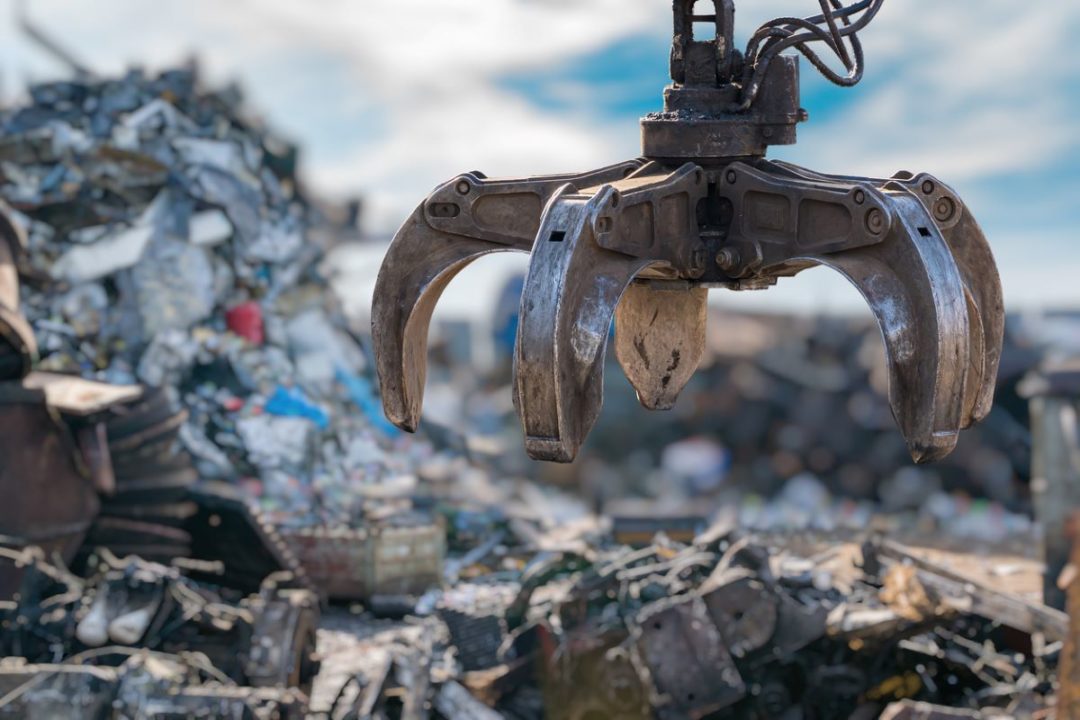
Think Tank
How Manufacturing Companies are Using Recycled Materials In Their Processes and What They're Using

Photo: iStock.com/vchal
An increasing number of manufacturers want to employ recycled materials and make production processes more eco-friendly, which is encouraging. Only a united commitment to source-recycled materials in place of virgin raw materials during production processes will create a stable demand for greener products, and build the planet-saving circular economy we so desperately need.
How Manufacturers are Uniting to Build a Circular Economy
Since the dawn of the industrial revolution, we have been locked into a linear economy that manufactures, creates waste, discards, and manufactures again. Our goal is to build a circular economy that does not produce waste. Repurposing previously used materials in new products is a key step forward to a circular economy.
To build a global circular economy, manufacturers are considering recycled materials as they explore and produce products, instead of simply repurposing their own production waste. When we, as manufacturers, include recycling in both our production and our waste management, we design new products to reflect new methods of recovering components and materials from worn-out products. We close the loop by producing sustainable products, bolstering green markets, and raising awareness among consumers about the benefit of sustainable choices in purchases as well as disposal.
How Manufacturing Companies are Introducing Recycled Steel into Their Processes
My area of expertise is recycled steel produced with electric arc furnace technology. It happens to be an ideal material for sustainable development and a perfect example of the circular economy we call recycling. This is because steel is infinitely recyclable. Instead of dumping old appliances or automobiles into a landfill, steel products that have reached the end of their lives can go right back into the supply chain to become steel, again and again.
Because of its recyclable properties, steel is a material of choice for increasing numbers of end-users, who are turning to recycled steel to help them meet their environmental design goals. Steel made with recycled ferrous scrap as its primary raw material can be used interchangeably with steel made from virgin materials for virtually all applications, such as iron ore and coking coal, for virtually all applications.
To help us harvest this scrap steel, our customers recycle a wide variety of products such as end-of-life automobiles, appliances, decommissioned steel bridges and buildings, machinery, electrical and electronic equipment, and packaging. We receive and process scrap steel at numerous metal recycling locations, melt it in electric arc furnaces, and form it into new steel products.
This recycled steel is showing up everywhere, serving needs in industries such as agriculture, automotive manufacturing, civil construction, distribution, energy production, and mining. In addition, steel is a crucial element in emission-reduction infrastructure projects such as solar and wind power solutions.
We have honed our manufacturing process to incorporate recycled steel at a rate of 98%. Our use of recycled steel also reduces carbon emissions in several ways. Steel production using electric arc furnace technology generates a fraction of the carbon emissions per ton compared to production from virgin materials. During the process, 97% of water is reused, and 99.9% of dust is captured and recycled. In addition, we limit our CO2 emissions by sourcing and shipping scrap metal within a 500-mile radius.
Globally, the steel industry must reduce current greenhouse gas emissions by over 50%. With this goal in mind, we are prioritizing greater energy and operational efficiency, increasing our use of scrap, expanding our use of sustainable forestry, employing renewable energy, and investing in new technologies and open innovation. Our mission is to be carbon neutral by 2050.
Manufacturers are Moving Toward a Circular Economy
As the sustainable development movement continues to grow, the trend toward manufacturers using recycled materials is gaining traction. Mounting pressure from community stakeholders, government officials, shareholders, customers, and employees to source materials responsibly is compelling manufacturers to examine their processes and make eco-friendly changes.
In our linear economy, industrial processes are designed around virgin materials. Because of this, using recycled materials often leads to snags in a manufacturer's value chain. However, when we take time to adjust our production processes, we find the value in using recovered materials. Finding this value boosts the widespread drive to recover materials and reduces costs. This is why we must promote up-cycling during the early design process.
As manufacturers, adopting recycled materials forces us to face new challenges in maintaining our supply of materials, modifying production processes, maintaining production efficiency, and gauging consumer demand for green products. These barriers are daunting, but they all have solutions.
To build a circular economy, we must transform the supply chain, redesign products, and create consumer demand for sustainable products. Though a fully circular economy may be decades in the future, each time a manufacturer introduces waste-derived, recovered, or recycled materials into their products, we take a crucial step forward.
Adam Parr is Director of Communications and Public Affairs at Gerdau.






